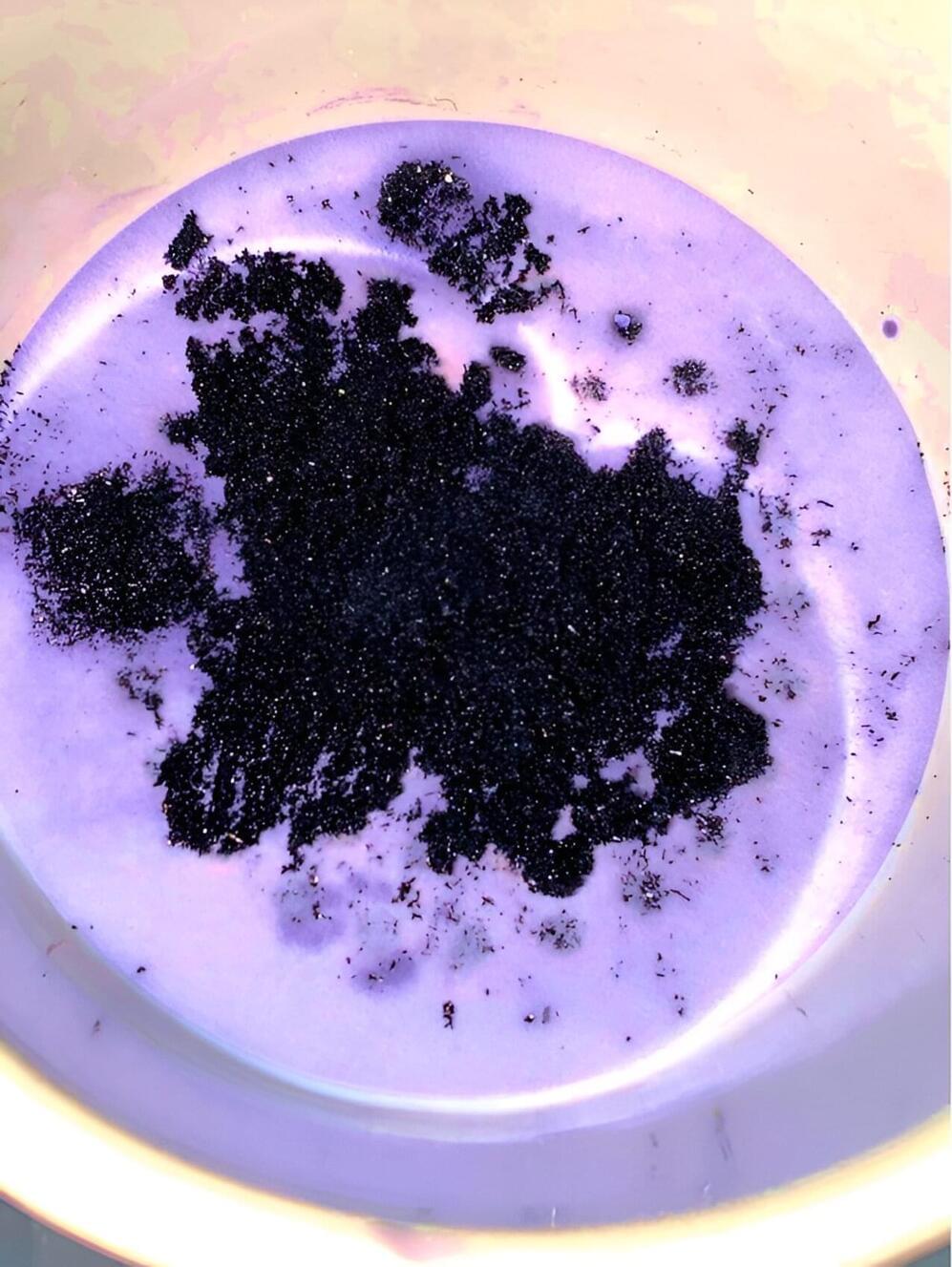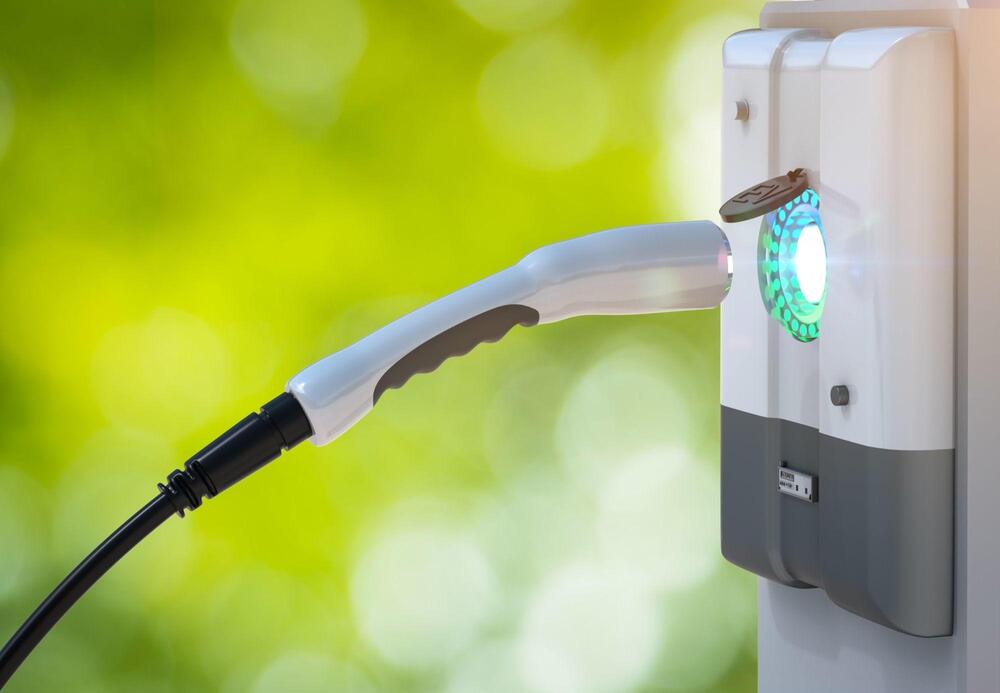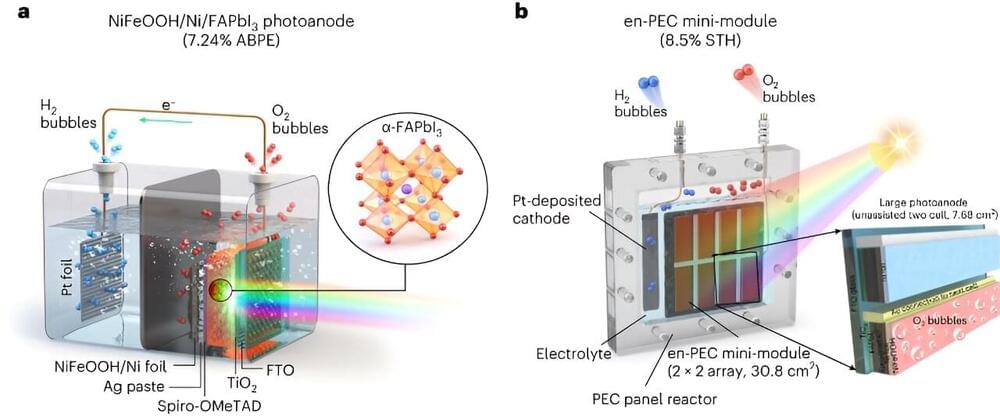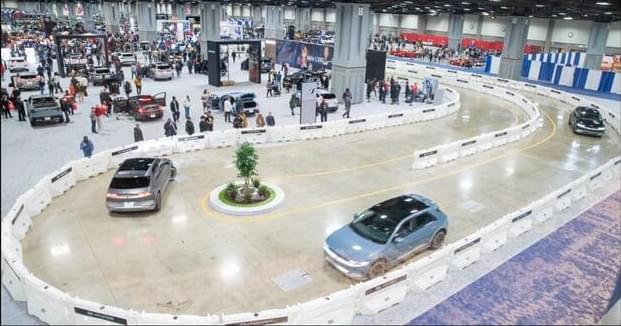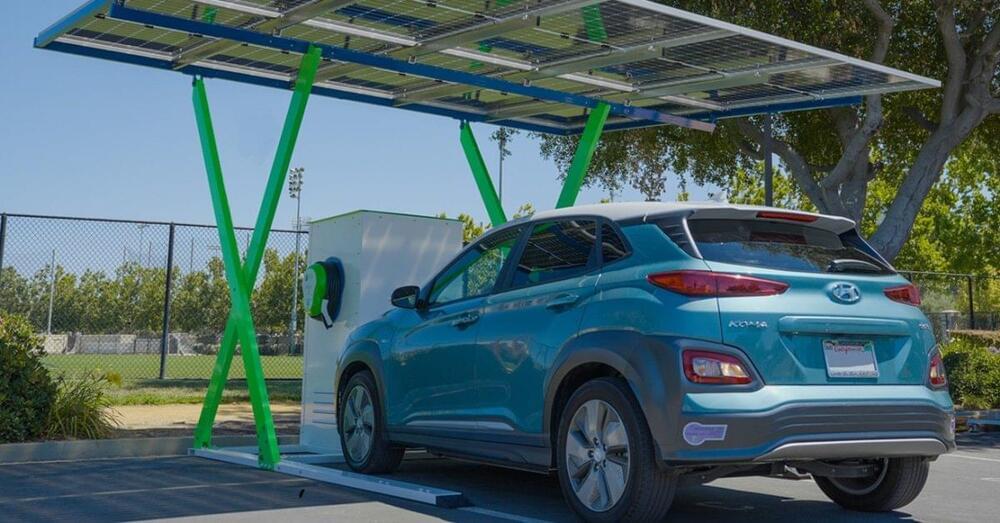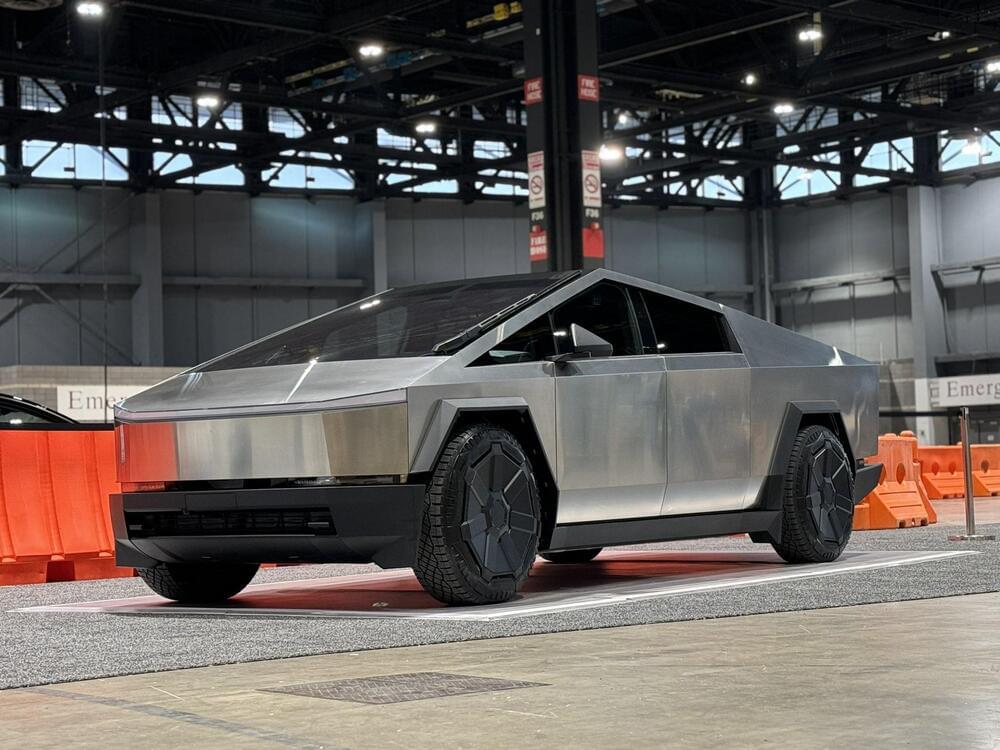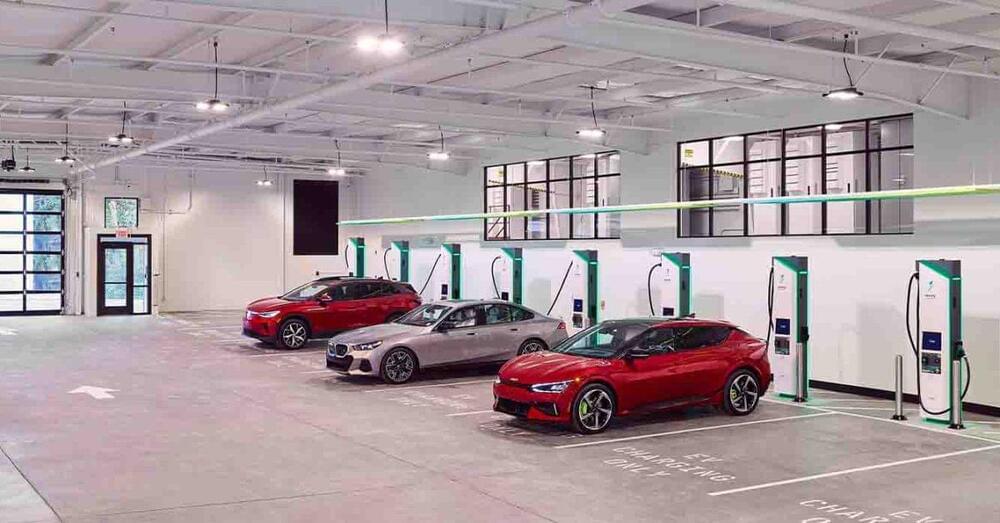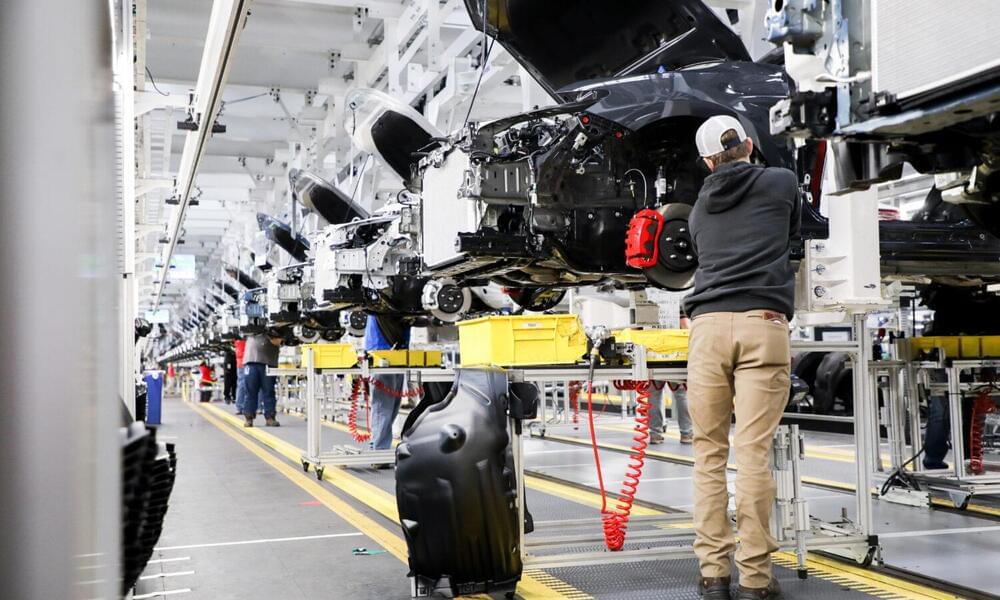A chemical element so visually striking it was named for a goddess shows a “Goldilocks” level of reactivity—neither too much nor too little—that makes it a strong candidate as a carbon scrubbing tool.
The element is vanadium, and research by Oregon State University scientists, published in Chemical Science, has demonstrated the ability of vanadium peroxide molecules to react with and bind carbon dioxide —an important step toward improved technologies for removing carbon dioxide from the atmosphere.
The study is part of a $24 million federal effort to develop new methods for direct air capture, or DAC, of carbon dioxide, a greenhouse gas that’s produced by the burning of fossil fuels and is associated with climate change.
